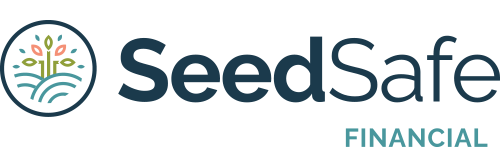
Budgets and the New Year go hand in hand. If you already budget, you may review how well you did and decide what to do different for 2018. If you don’t budget, this may be the time to look at your income and figure out where to start.
I am a believer in simplicity to get the job done right. There are two ways to look at it: top-down or bottom-up. If you prefer to start with expenses and where you spend money, check out 3 Steps for Long-Term Budgeting Success. If you are interested in starting with total income, keep reading!
Step 1: Determine estimate of net cash inflow
What are you expecting for total compensation this year?
Salary + expected cash bonuses + RSU sales = estimated income
Estimated income – 401(k) contribution + vesting RSUs = est. taxable income
Once you know your expected income, then it’s time to make an estimate of how much you will need to pay in taxes. A nice tax bracket chart for 2024/2025 is HERE. I don’t make it too complicated and only deduct my expected 401(k) contribution.
Est. income – estimated taxes due = net cash inflow
Step 2: Determine what you want to save this year.
Do you want to save a percentage of your net cash or do you have specific goal amounts? If you aren’t sure where to start in saving, check out how to change your life with your bonus for some great ideas.
Net Cash Inflow – 401(k) Contribution – Savings Goal = Annual expenses
Step 3: Break down expenses and think about increasing savings.
Expenses fall into two categories – fixed and variable.
Fixed expenses in budgeting include: housing, transportation, utilities, and groceries. These are your ‘must haves’.
Variable expenses are miscellaneous items like travel and lifestyle choices that vary from month to month. Lifestyle choices may include hobbies, eating out, Kindle books, Audible, etc.
Monthly fixed expenses x twelve months = Annual fixed expenses
Annual expenses – Annual fixed expenses = Miscellaneous expenses + Savings Opportunity
Once you determine your ‘must haves’ it is time to see what is left over. Do you have more in your budget for miscellaneous expenses than you need? This is a great opportunity to add more savings to your year. See the compounding effects of saving more now versus later!
Were you surprised by how many expenses you have to fit into your budget? It may be time to reassess what you are spending money on and to take a deeper look.
Want a helping hand to keep you accountable with your new goals? Schedule a free consultation to see how we can help.
Did you enjoy this post? Sign Up for my newsletter so you won’t miss another article.
The above discussion is for informational purposes only. Recommendations are of a general nature, not based on knowledge of any individual’s specific needs or circumstances, and there is no intent to provide individual investment advisory, supervisory or management services.



